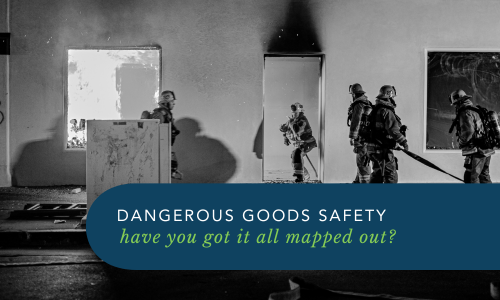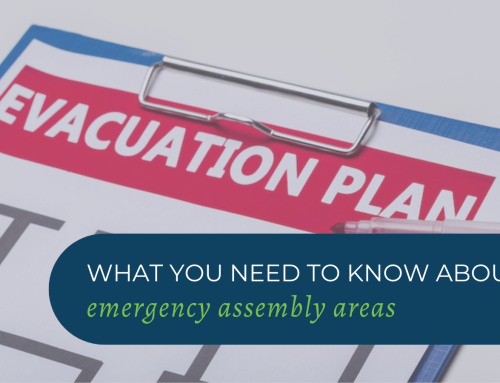What do products like perfume, dental bleaching strips and laptop computers all have in common? They are all classified Dangerous Goods (DG) depending on how they are handled during transport. On their own, some chemicals are innocuous but once combined – intentionally or by accident- they can potentially harm people, property, and the environment when handled without precaution.
If your business uses, handles, stores or produces hazardous chemicals, there are specific sections of the Work Health and Safety Regulation 2017 (WHS Regulation) that you need to comply with. Obviously, these regulations are designed to prevent accidents & potential loss of life.
What are Dangerous Goods (DG)?
Unlike hazardous goods, Dangerous Goods (DG) can kill or injure in accidents and their effects are usually sudden, obvious and violent such as an explosion or fire. The effects of hazardous goods are usually subtle and symptoms may take time to develop. And just to add some confusion, some hazardous substances are also DGs.
Examples of a DG:
- Petrol
- LP gas
- Pool chlorine
- Caustic soda
Labelling of DG
- Correct labelling ensures that the information on handling, storing and transporting specific DG is available to those who have a responsibility toward these items.
- Each class of DG has its characteristics label which is designed to be visible at a distance. Australian Standards (AS), State/Territory Regulations and Codes of Practice specify minimum dimensions of a Class Label. Class labels are also characterised by a symbol, description, colour and number.
It is a requirement that a register of the hazardous chemicals used, handled or stored at the workplace is provided, including the safety data sheet (SDS) for each. It must include hazards, first aid actions, storage conditions and appropriate personal protective equipment for the safe management and use of the product.
When emergency services respond to fires, toxic gas releases and chemical spills at workplaces storing, handling and using hazardous chemicals, the responders need to know the potential hazards. They need information about the type, quantity and locations of the hazardous chemicals at the workplace to be able to provide effective, efficient and safe emergency action.
Responders attending the emergency site will be looking for a manifest. The manifest is an important information source available to emergency services to respond to and manage a hazardous chemicals incident. The manifest is different from a register & its role is to inform emergency personnel of the types, quantities, and locations of hazardous chemicals at the workplace. It needs to be readily available to the arriving emergency services & should be stored in a weatherproof container, known as a HAZMAT box.
The manifest location must also be marked on the site plan.
Site Plans
The purpose of the site plan is to identify the places, buildings and structures on the premises where hazardous chemicals are used, stored and handled. It should be easy for emergency services personnel to read. The plan of the premises should be on a scale that adequately illustrates the details required by the WHS Regulation.
The information that is required on a plan of the workplace includes:
the location of—
-
- the containers and other storages of dangerous goods in bulk
- the storage areas for packaged dangerous goods and dangerous goods in IBCs
- the areas where dangerous goods are manufactured
- areas where dangerous goods in transit may be located
- provides the identification number or code for the items
- provides a legend for the identification numbers and codes
shows the location of—
- Site Details
- Fire Services
- Fire Hydrants
- Fire Hose Reels
- Relevant Extinguishers
- Fire Control Room
- Hydrant Booster
- Pump Rooms
- Electrical Shutoff Location(s)
- Gas Shutoff Location(s)
- Fuel Shutoff Location(s)
- Site Boundary, including fences
- Main Entry to Site & Doors
- Bunding (Describe type of bunding)
- Drain locations (when relevant)
- Storm water pits
- Trade Waste
- Sewer
- Location of the DG Manifest
- What DG classes are kept in each area
- Surrounding properties / areas & their function
The importance of managing Dangerous Goods is recognised by legislation across Australia and by identifying your facilities dangerous goods storage and handling requirements, not only will you be keeping your workplace a safer place, you will make it much easier for emergency responders to help you.
If you need help with your Workplace Emergency Procedures, the Workplace Emergency Management team can provide guidance to your team. Get in touch today.
GET IN TOUCH
Are you ready for peace of mind that your workforce is as safe and prepared as possible?
With a dedicated team of staff ready to help you meet compliance requirements and improve the overall safety of your workplace, all you need to do is get in touch.
Request your free audit today!



